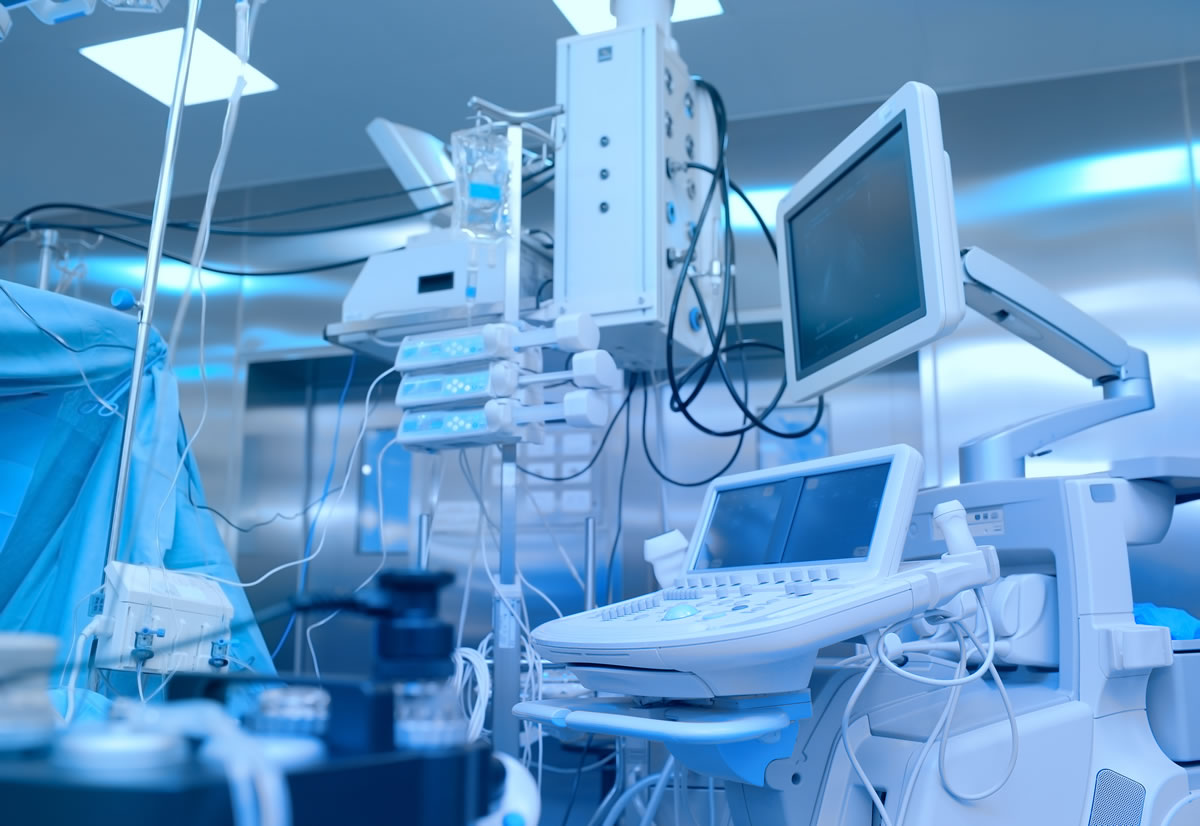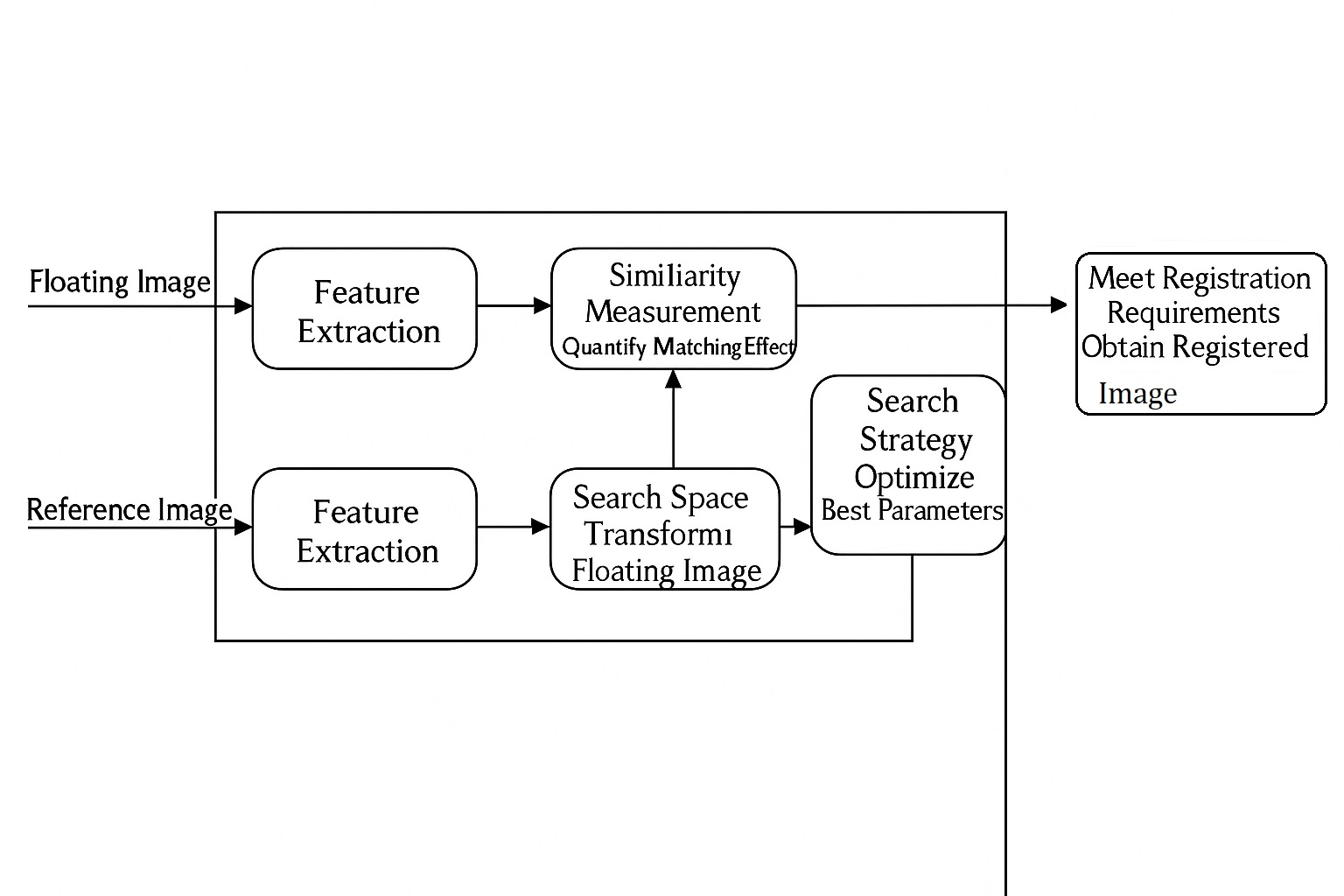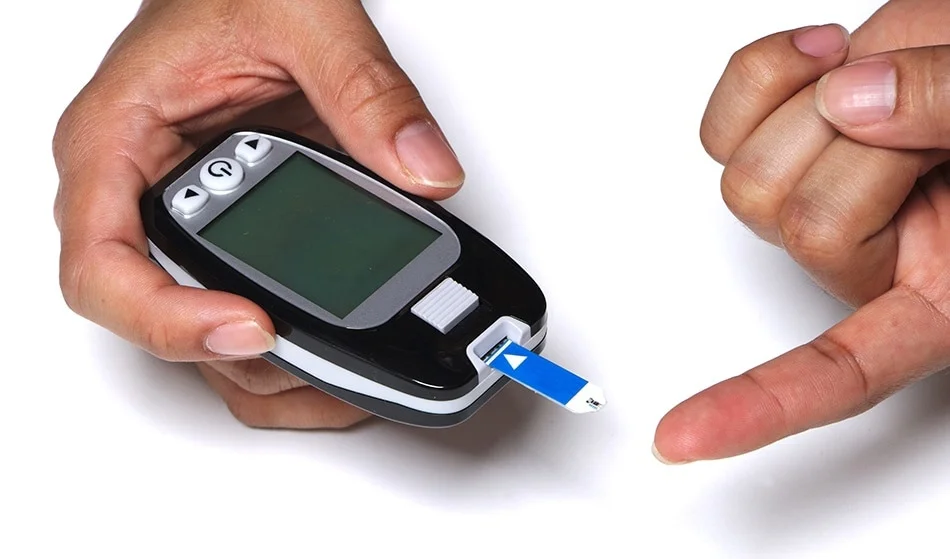What is medical electronics?
Medical electronics refers to the integration of electronic and information technologies with medicine, applied to healthcare devices and systems. Its primary goal is to use electronic technologies to make medical equipment and systems intelligent, visualized, digital, and automated, thereby improving the efficiency and quality of healthcare services and enhancing clinical outcomes and patient experience.
Applications of medical electronics span medical devices, healthcare services, and medical information systems. Key application areas include:
- Diagnosis and treatment: Medical electronics is widely used in diagnostic and therapeutic equipment. Examples include medical ultrasound devices, blood glucose meters, pulse oximeters, ECG machines, CT scanners, and MRI scanners.
- Medical instruments: The design and development of medical instruments rely on electronic technologies. Examples include bedside monitoring systems, surgical robots, and ventilators, which use electronics to achieve intelligence and automation.
- Medical information systems: These systems use information technology to manage and share medical information. Examples include electronic medical record systems, health insurance information systems, and medical image management systems.
As technology advances, medical electronics plays an increasingly important role in healthcare. It provides clinicians with more accurate, intuitive, and efficient diagnostic and therapeutic tools and enables patients to receive more precise and refined care.
Common medical instruments
- Blood pressure monitors: Devices for measuring a patient's blood pressure, including manual sphygmomanometers and electronic blood pressure monitors.
- ECG machines: Devices for recording a patient's electrocardiogram, available as single-lead or multi-lead systems.
- Ventilators: Devices for treating respiratory conditions, available in negative-pressure and positive-pressure designs based on operating principles.
- Thermometers: Devices for measuring body temperature, including mercury thermometers, electronic thermometers, and infrared thermometers.
- Ultrasound machines: Devices for imaging internal structures and organs, such as echocardiography, abdominal ultrasound, and breast ultrasound.
- Anesthesia machines: Devices for managing anesthesia during surgery, including anesthesia ventilators and depth-of-anesthesia monitors.
- Operating room equipment: Includes surgical lights, operating tables, and instrument cleaning and sterilization equipment.
- Vital sign monitors: Devices for monitoring physiological parameters such as blood oxygen saturation, heart rate, and respiratory rate.
- Diagnostic imaging equipment: Includes X-ray machines, CT scanners, and MRI scanners.
- Infusion pumps: Devices to control the rate and dose of fluid infusion for patients.
These instruments cover diagnosis, treatment, and rehabilitation across various medical fields. Each device has distinct functions and characteristics that improve diagnostic accuracy and therapeutic effectiveness.
Industry outlook for medical electronics
Medical electronics encompasses medical devices, monitoring equipment, health IT, and medical sensor technologies. With aging populations and rising demand for efficient, precise, and comprehensive healthcare services, the medical electronics sector is expected to see expanding market opportunities.
Key trends and factors shaping the industry's outlook include:
- Aging populations and healthcare supply-demand imbalance: As populations age and chronic disease prevalence increases, the imbalance between healthcare supply and demand becomes more pronounced. At the same time, as governments raise standards for healthcare regulation and health IT infrastructure, opportunities for medical electronics expand.
- Adoption of new technologies: Health monitoring technologies, big data, and artificial intelligence are increasingly applied in medical electronics. These technologies enable more accurate, efficient, and accessible healthcare services and represent important trends for future development.
- High barriers and potential returns: The medical electronics industry involves technical and regulatory barriers and requires specialized expertise. Due to high clinical demand, significant potential returns, and substantial technical content, the sector can offer considerable profit potential for successful products.
- Intense market competition: Ongoing innovation in medical electronics increases market competition. Companies need to strengthen core technology development and improve product quality and service to maintain competitiveness.
In summary, the medical electronics industry has broad growth prospects and potential, but it also faces market challenges and risks. Companies in this field need to enhance technology development and management capabilities and continually improve product and service quality to drive industry development and innovation.
 ALLPCB
ALLPCB








